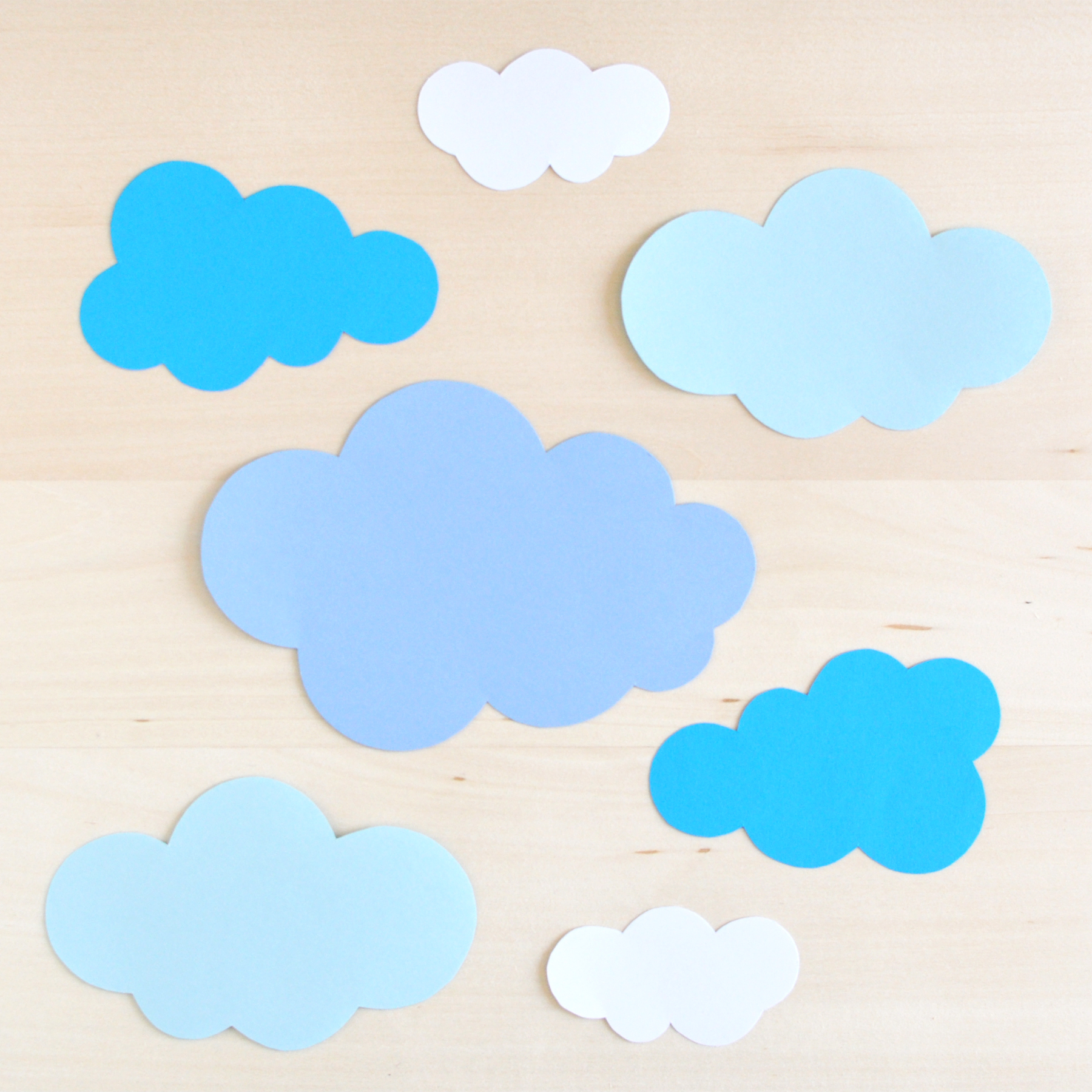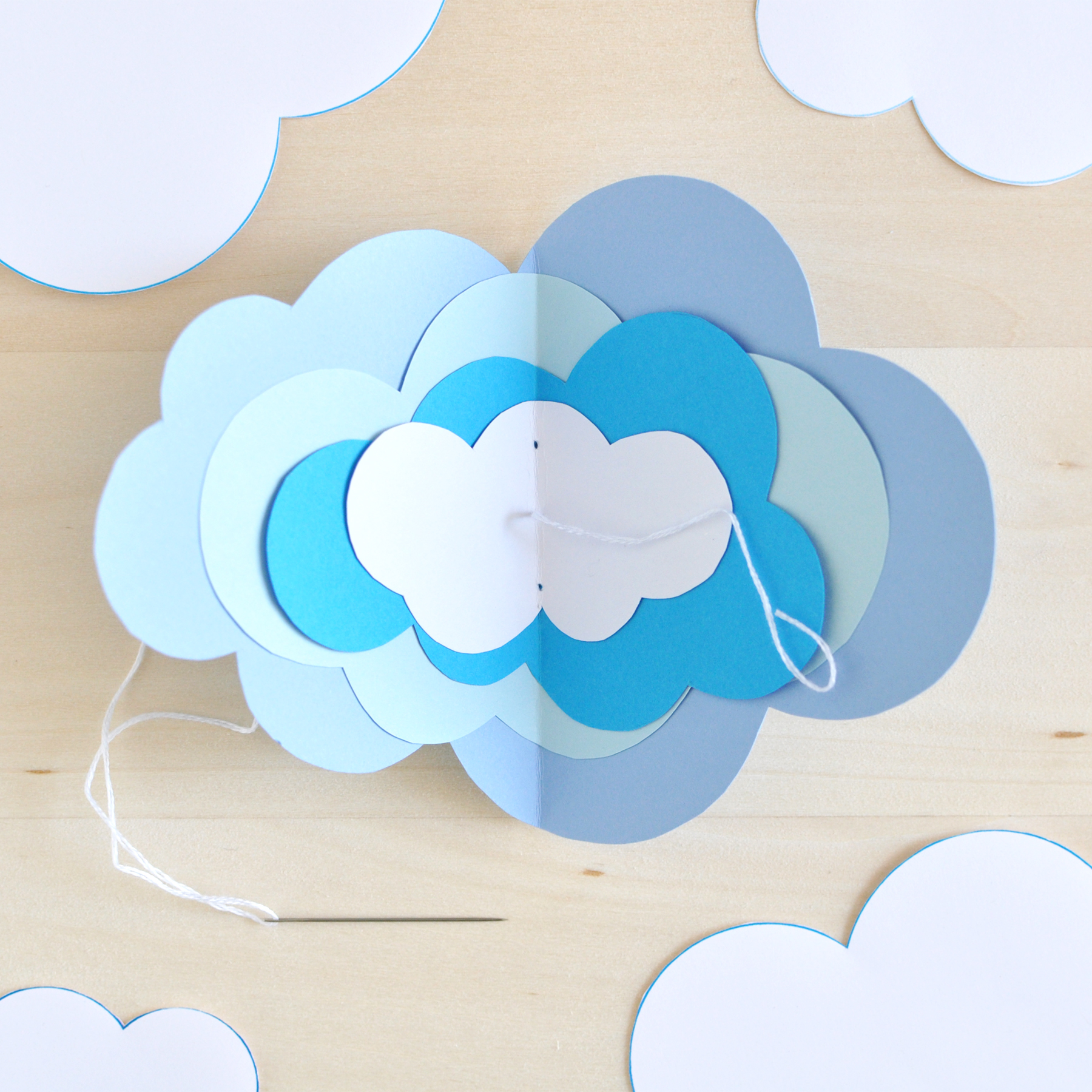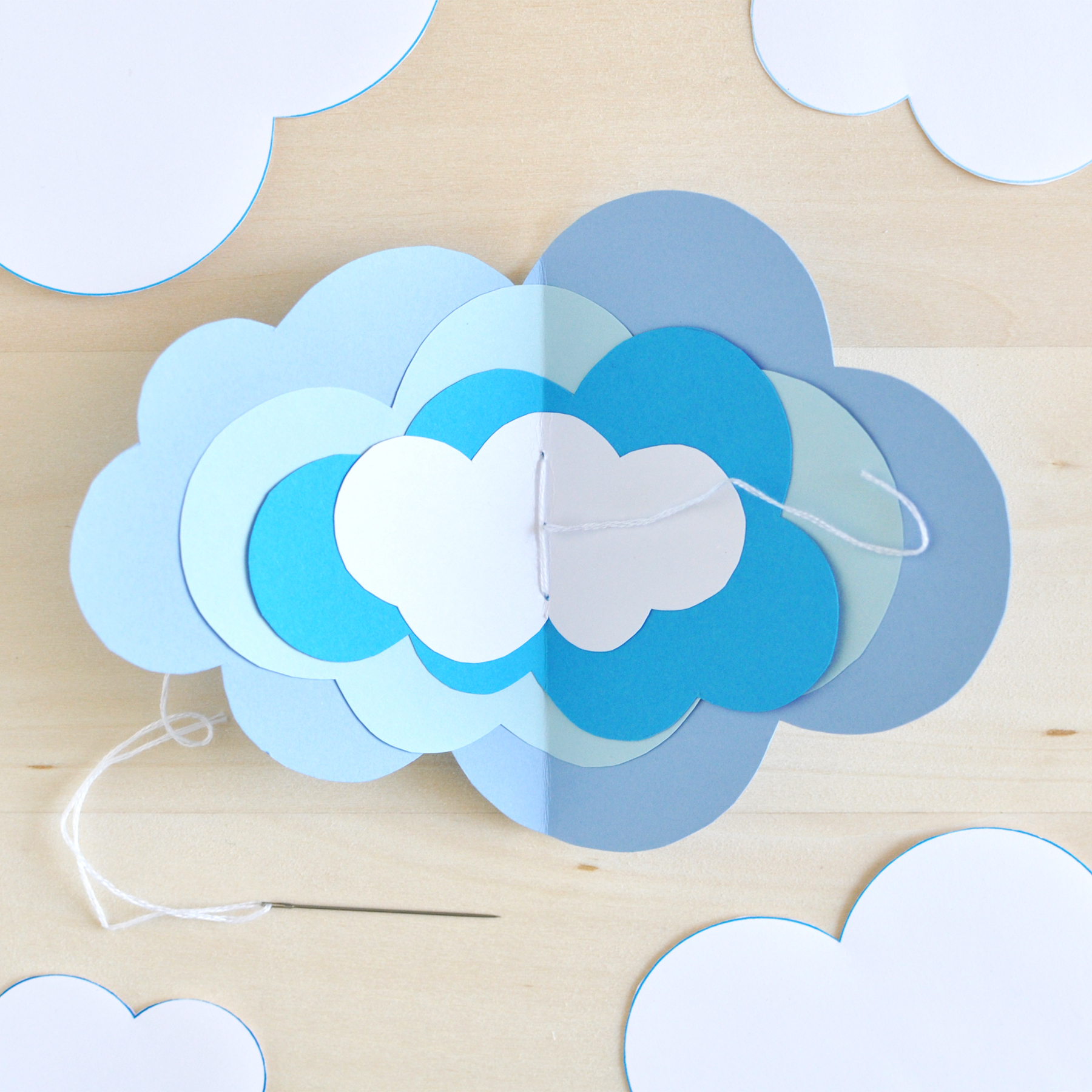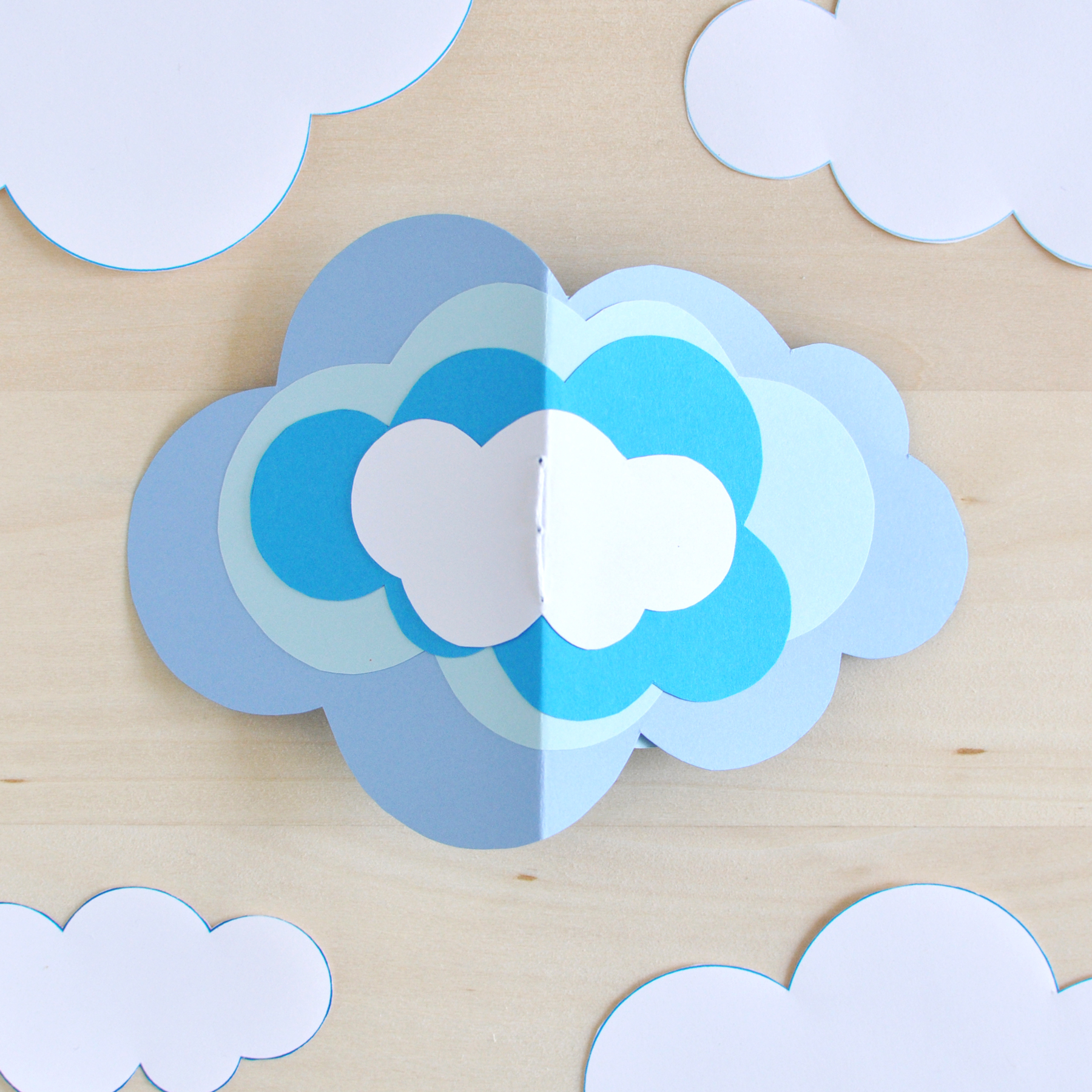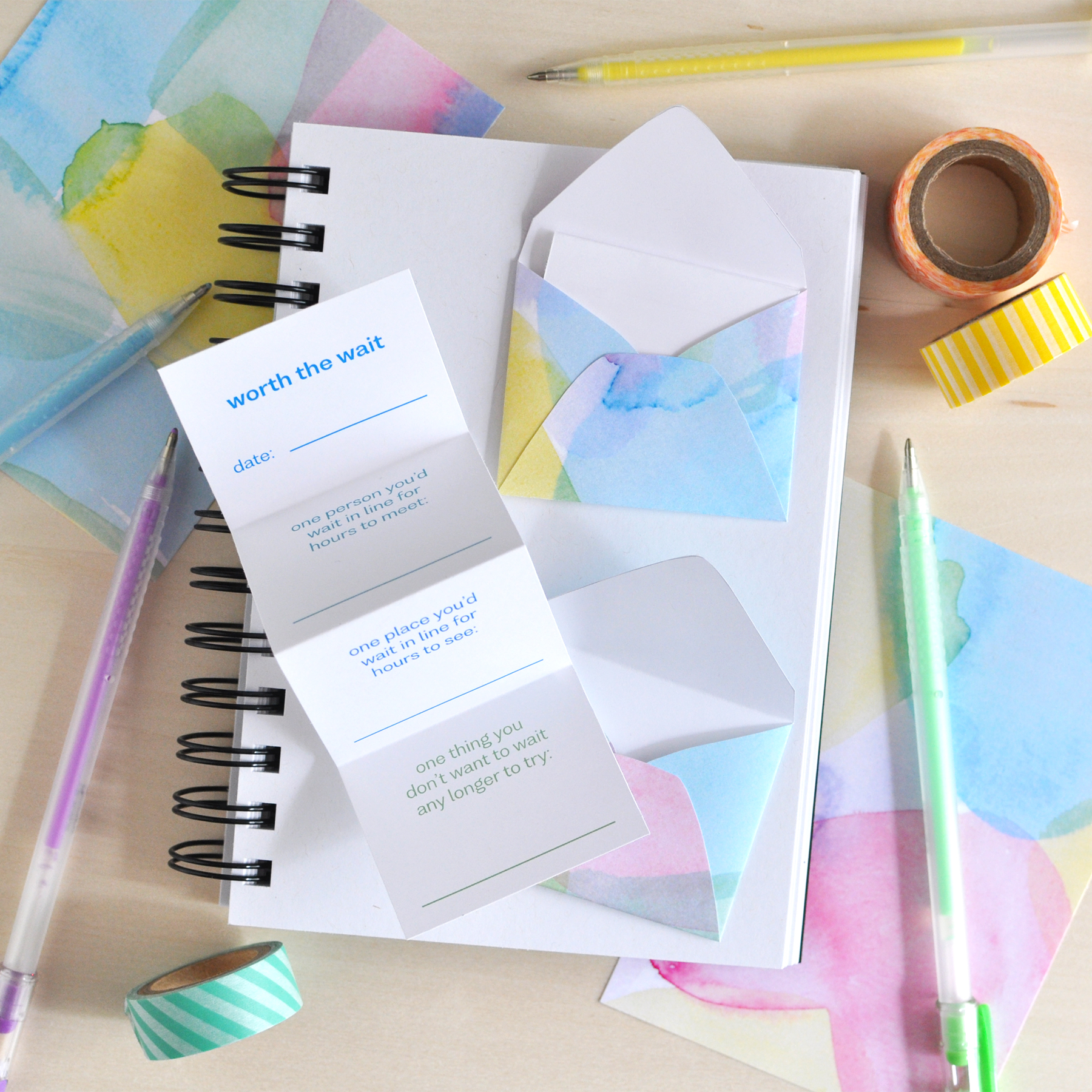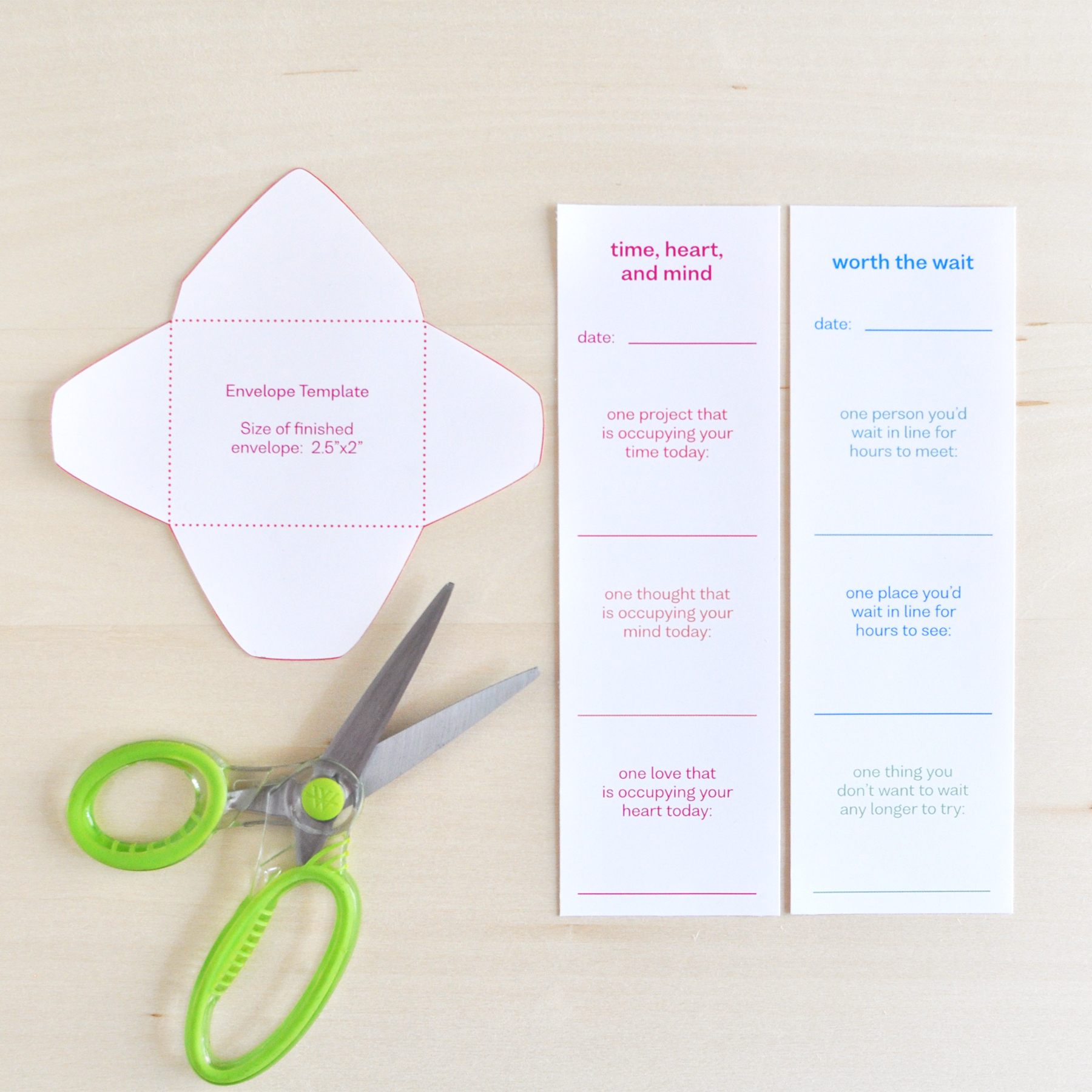This journal technique is simple and straightforward. It uses a basic question and answer format and requires no tools other than a pen and paper.
There’s just this one thing . . . you’ll be asking the questions AND answering them, which is the key to connecting with your knowledge and experience. It sounds a little unusual, but once you get the hang of it, you may be surprised to discover the depth and breadth of your own wisdom.
Accessing Your Inner Wisdom
Here’s how to begin:
Step one: Ask yourself a question, in writing, in your journal.
Step two: Answer your question, in writing, in your journal.
Repeat steps one and two until you’re satisfied with the work you’ve done.
That’s really all there is to it. Two steps repeated many times. The trick to making it work is not letting yourself off the hook.
Follow Every Answer With a New Question
Let’s say you’ve got a big decision to make, but you’re not sure what to do. You could begin by asking yourself, What should I do?
Your first and most honest answer might be, I don’t know, which is entirely okay. That’s why you’re doing this. Keep going. Ask the next question: Why don’t I know?
Then answer it.
You might not find the answers you seek right away, but don’t let that stop you from following every answer, especially the ones that seem the least helpful and the most unproductive, with a new question.
If you don’t know because you don’t have enough information, ask yourself how to find more information. If you don’t know because it’s a hard question, ask yourself why it’s hard. If you don’t know because you’re afraid to know, ask yourself why you’re afraid.
Then answer your questions and the follow-up questions they inspire, in writing, in your journal. You may find that the answers you’re searching for are already within you, just waiting to be written.
Why Your Journal Is an Excellent Place to Access Your Inner Wisdom
I love this format. It usually doesn’t take long for me to get past the I don’t knows and the I’m not sures to the core of difficult challenges and decisions. It has a lot to do with how I view my journal.
My journal is a safe place to think. It’s a judgment free zone. It’s always there for me when I need it. In return, my journal requires words. It requires me to articulate and describe, and in order to do so, I have to pay attention. I have to stop for a moment and think things through.
The results are often incredibly heartening — a new path forward, a renewed sense of confidence, a new understanding of myself that yields more intentional decisions. I don’t always find perfect answers to my questions, but I always find somewhere to start, something to do to move forward.
If you’d like to give it a try, I’d love to hear how it goes. Leave a comment below or drop me a line via email. I’d love to chat!
P.S. I’ve also used aspects of this technique in two of my printable journal pages: When You Just Need a Moment to Think and Reason 10 in my free e-book 10 Good Reasons to Journal, if you’re looking for a place to start.





